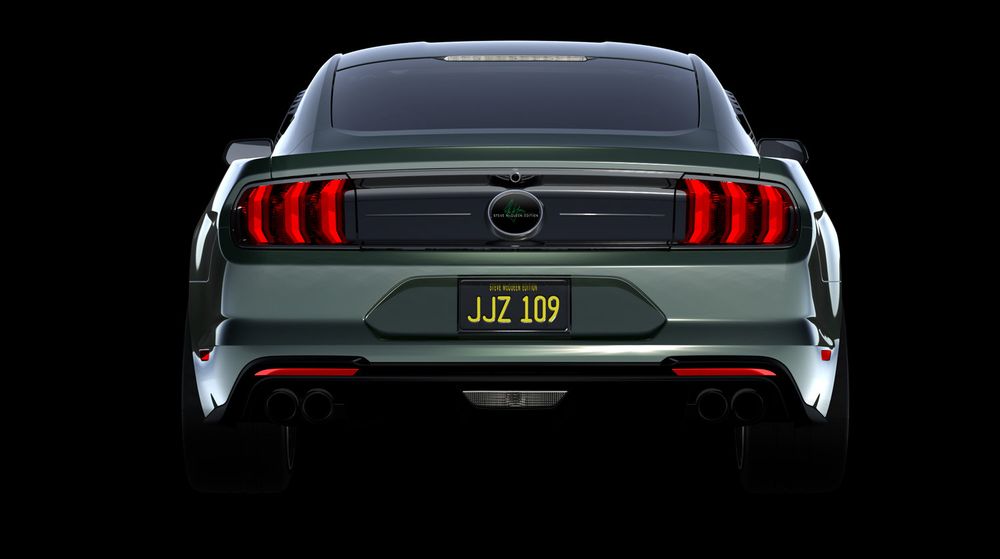If not for an outcry from loyal enthusiasts, the front-wheel-drive coupe we know today as the Ford Probe could have become the fourth-generation Mustang

When Ford put the Mustang on the market in 1965, it took the auto industry by storm. Until then, the notion of a sports car for ordinary people seemed like nothing more than a pipe dream for most Americans. Not surprisingly, it didn’t take long for petrolheads to fall in love with the Mustang, an affair which shows no signs of ending any time soon.
The Mustang story is not without its share of problems. The oil crisis of the early 1970s served to suffocate the V8 horsepower of American cars, including the Mustang. The resulting second-generation Mustang II was a shell of its predecessor, and is often regarded as one of the worst cars that Ford ever made. Things would get better with the introduction of the third-generation Fox Mustang, but sales continued to slump.
By the mid-1980s, the rear-wheel-drive pony car was starting to look like a bit of an antique in comparison to the wealth of cheap front-wheel-drive coupes coming in from Japan. These cars, particularly the Acura Integra and Toyota Celica, were lighter and more efficient than the Fox-body Mustang, yet were still fun to drive in their own right.
The practical advantages of front-wheel drive were impossible for Ford executives to ignore when it came time to refresh the Ford Mustang for its fourth generation. By 1987, plans were underway to christen the fourth-generation Mustang as a front-wheel-drive car. Through Ford’s growing business relationship with Mazda, the “New Mustang” would have been based on the same platform used by the humdrum Mazda 626. But Ford reckoned that this plan would work since Mazda had already used this platform to create the MX-6, which proved to be a decent two-door sports car, albeit not a particularly exhilarating one. The relatively lightweight coupe would be nimble and efficient, powered by either a four-cylinder or six-cylinder engine. But NO 5.0 V8!
There was just one problem with this plan… Mustang fans wanted none of it.

When word got out that the future Mustang was about to get a FWD drivetrain, the outrage was immediate. Ford’s head office was inundated with hundreds upon thousands of letters from angry Mustang devotees. The message was clear: to give the Mustang a front-wheel-drive platform would be to ruin it. Save the 5.0!
Despite sinking a huge sum of money into the front-wheel-drive platform, Ford decided to cave to the demands of Mustang fans. Rather than kill off the Fox Mustang in 1989, as planned to do, Ford kept it in production in spite of mediocre sales volumes. But there was no way that Ford could let its investment into the Mazda-based coupe go to waste. So they decided to build the car anyway and market it alongside the Mustang. It was believed that this car, now called the Probe, would prove a point and handily outsell the old-school Mustang.
This couldn’t have possibly been further from the truth. When the two cars went on sale together, the Mustang easily outsold the Probe, despite having architecture that was over ten years old. Pleasing the people had paid off for Ford, and it proved that American muscle wasn’t out of fashion.
The same couldn’t be said of the Ford Probe. Although it was primed for international sales, the American cousin of the Mazda MX-6 would never achieve the fan base of the car it was supposed to replace. Maybe it was because it didn’t have a V8 engine. Maybe it was because it was an American coupe with front-wheel-drive. Maybe it was because it was named after something usually associated with proctologists.
In fairness, the Probe wasn’t a terrible car. But it certainly wasn’t a great one, either. After all, it was essentially just a boring family car with two doors and pop-up headlights. No amount of early ‘90s radness could save it.
As for the Mustang, the time had come to finally retire the third-generation “Fox-body” design. Amazingly, Ford once again considered a front-wheel-drive platform, this time based on the Escort. But that notion was quickly dismissed when Ford couldn’t find a way to fit a front-wheel-drive transaxle to its Modular V8 engine. Instead, Ford decided to heavily modify the old Fox platform with modern lines that reflected the true heritage of the Mustang. Codenamed “SN-95”, the fourth-generation Mustang hit the streets in 1994. Ever since then, Ford hasn’t looked back. Over ten million Mustangs have been built, and they’ve all remained true to their rear-wheel-drive, rubber-burning roots.















